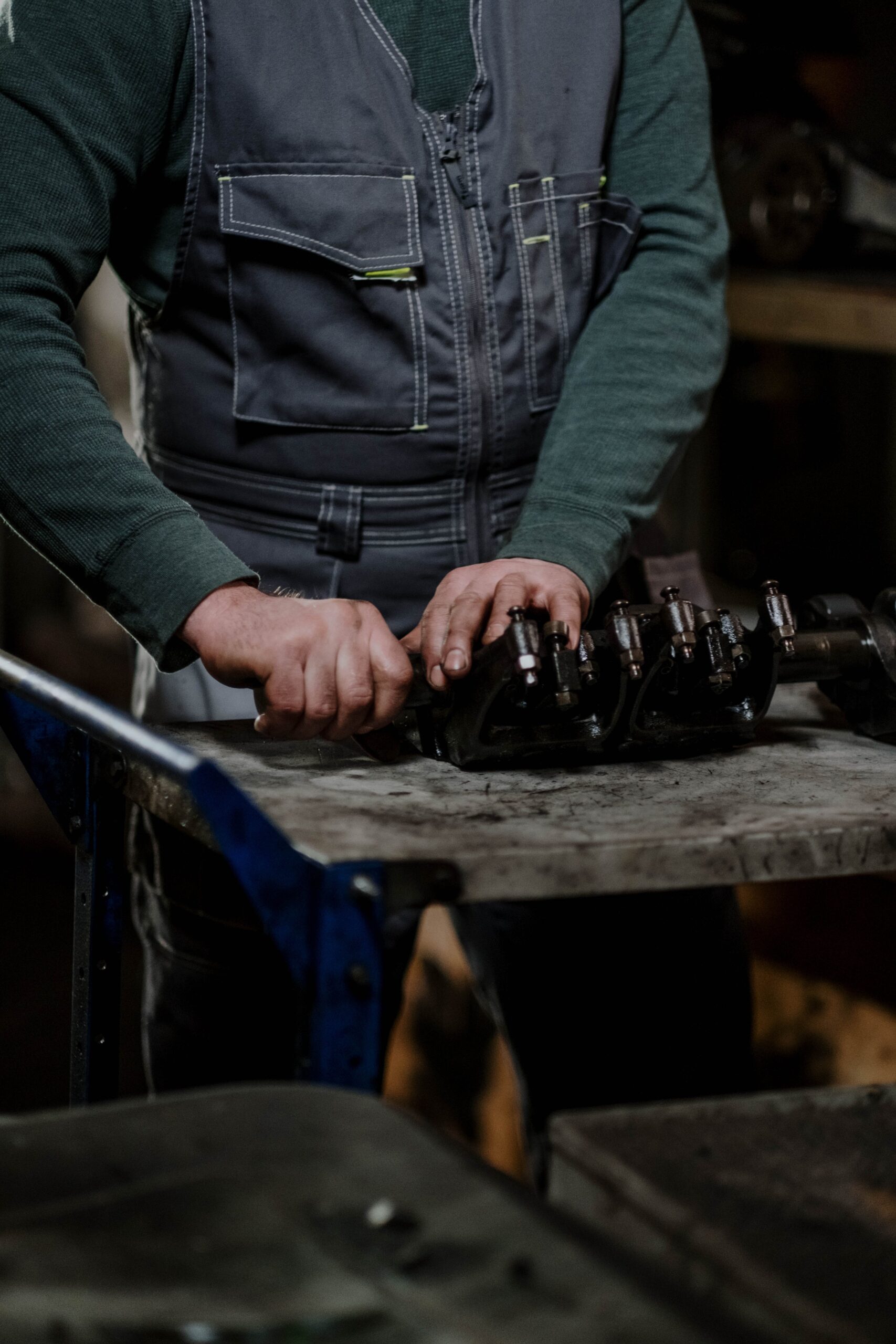Are you one who is looking for the website that tells you about the Hydraulic, then you have arrived at the right place.In this article we will talk about hydraulics and the many kinds of hydraulic parts that are out there in this post. To learn the details, continue reading the article.
What is Hydraulic Systems
All hydraulic systems operate on the same fundamental principle, but their specific objectives may differ. In a nutshell, compressed fluid is used to power hydraulic systems. This might also be stated as follows: “The pressurized fluid makes things work.”
Heavy machinery frequently uses hydraulics because liquid fuel provides a lot of power. When pressure is applied to a confined fluid in a hydraulic system, it transmits without losing power. The pressured fluid exerts force or power on every part of the enclosed vessel segment. The use of this force, which varies in strength, enables operators to precisely repeat jobs and lift large weights.
Various hydraulic parts available in the market
Once you have learnt about the Hydraulic system. Now Given below are the few hydraulic parts available in the markets are:
1. Reservoir
A reservoir is a crucial component of the fundamental hydraulic system because it stores extra fluid to handle volume variations brought on by a variety of circumstances. These causes might include leaks, temperature-related expansion and contraction, and cylinder contraction and extension.
The purpose of a reservoir’s design is to aid in the process of separating fluid from air. Furthermore, it serves as a heat sink to compensate for any losses that may have happened in the system during periods of high power use.
2. Control Valves
The fluid flow to the actuator is directed by control valves. A spool is often found inside a cast iron or steel housing of a control valve. In order to route the fluid according to the spool’s position, this spool glides to various locations within the steel housing, intersecting channels and grooves.
The fluid flow is either stopped or returned to the tank when the spool is in its neutral middle position, which is held in place by springs. The fluid is directed toward the actuator and has a return path from the actuator to the tank when the spool slides to one side.
3. Actuators
Hydraulic cylinders, hydraulic motors, hydrostatic transmissions, and brakes make up actuators. A hydraulic motor is an axially configured pump with reverse plumbing that uses swashplates to maintain precise control levels. These are often powered by many hydraulic pistons operating sequentially.
4. Accumulator
An accumulator is one of the hydraulic parts. This is a typical hydraulic machinery component that uses compressed gas to store energy. A floating piston is a component of one form of accumulator, which is a tube.
The pressurized gas charge is located on one side of the piston, while the fluid side is on the other. Among the uses for an accumulator are as a steering or braking backup power source or as a shock absorber for hydraulic circuits.
5. Filters
Filters are a crucial component of the hydraulic system because they rid the fluid of undesirable particles. Metal particles are constantly produced by mechanical components and must be cleaned in addition to dirt.
Types Of Hydraulic Pumps available in the market
Given below are the Most common types of hydraulic pumps that are available in the market for sell are:-
- Rotary Vane Pumps: These generate hydraulic pressure by drawing fluid from a reservoir using vanes. Although they might be less dependable than piston pumps, they are less costly. By altering the rotating axis of the rotor, the amount of fluid exiting the pump may be controlled.
- Gear pumps: These use gear mechanisms to extract fluid from a reservoir in order to provide hydraulic pressure. The fluid is driven around the gears by the gear teeth meshing, creating the required pressure.
- Screw Pumps: These pumps generate hydraulic pressure by drawing fluid out of a reservoir using screws. Usually, they are utilized in situations where lower pressure and larger flows are needed. They are more efficient than gear pumps, but they also need more maintenance.
In conclusion
Comprehensive details regarding reasonably cost industrial hydraulic systems and parts are available on our web. We give our clients thorough knowledge so they may learn about various parts, including accumulators, filters, actuators, control valves, reservoirs, and accumulators, as well as the fundamentals of hydraulic systems. In order to support informed decision-making for the optimal performance and cost-effectiveness of heavy equipment, we have also clarified the many types of hydraulic pumps. Check out this link to have a thorough understanding of hydraulic solutions.
